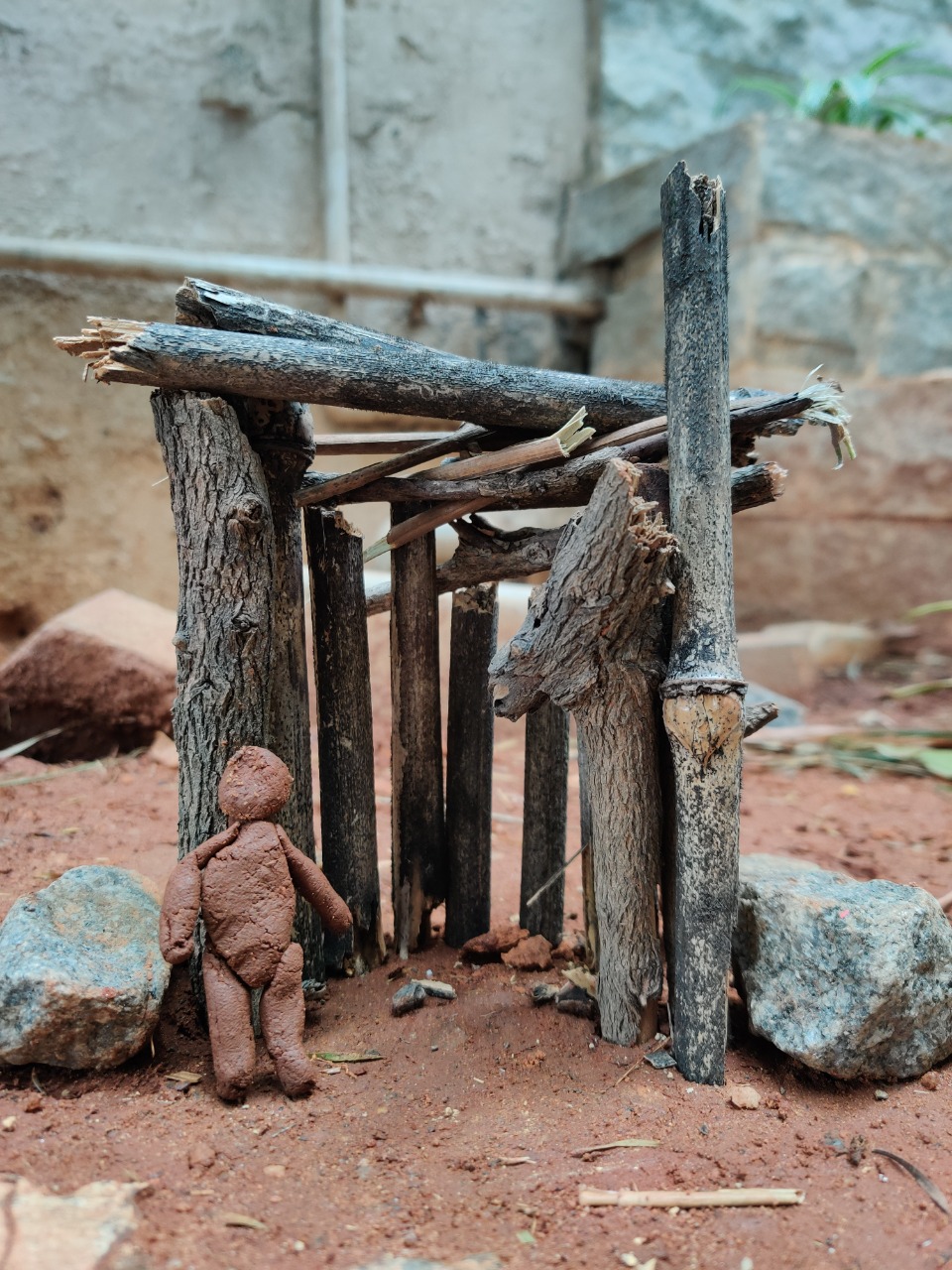
Earliest form of Human Settlement
Human Settlement, as per the Archaeological records – The history of construction in the Primitive Stone Age, built temporary structures. The hunter-gatherers of the late Stone Age, who moved about a wide area in search of food settled wherever they could.We’ve all heard of so-called cavemen and there’s certainly plenty of evidence that early humans made use of naturally formed shelters such as caves. We don’t know exactly when humans first started constructing their own shelters because the simplest structures – tents, bivouacs and simple huts made of sticks and hides – don’t leave a trace. One is the increasing durability of the materials used. Early building materials were perishable, such as leaves, branches, and animal hides. Later, more durable natural materials—such as clay, stone, and timber—and, finally, synthetic materials—such as brick, concrete, metals, and plastics.
We understand the History of built forms as some structures began to have symbolic as well as functional value, marking the beginning of the distinction between architecture and building.
The students were asked to make simple models from what they could get in hands on the campus to relate to what they had studied about the human settlements.
Batch :Foundation 1 & 2
Subject: Design Language II
The models represent a basic human settlement which hunters and gatherers used to build. The students were asked to make with the available materials in the campus to understand the materials used as shelters. They have used whatever was available on campus like sticks, stones, waste models, mud, tree bark etc.
If you care to learn further about how workshops are structured at LISAA School of Design, please click below to get in touch with our team.